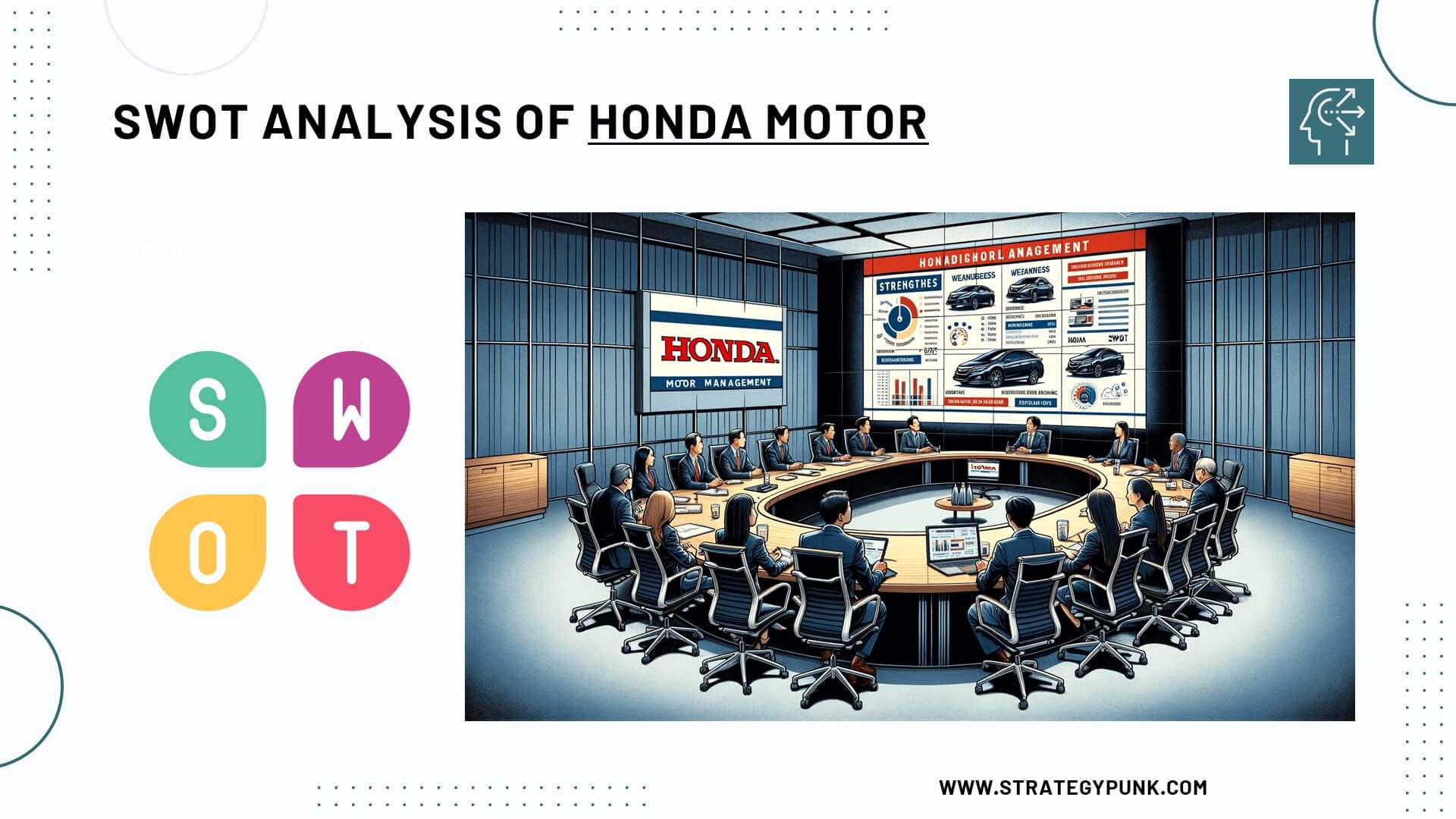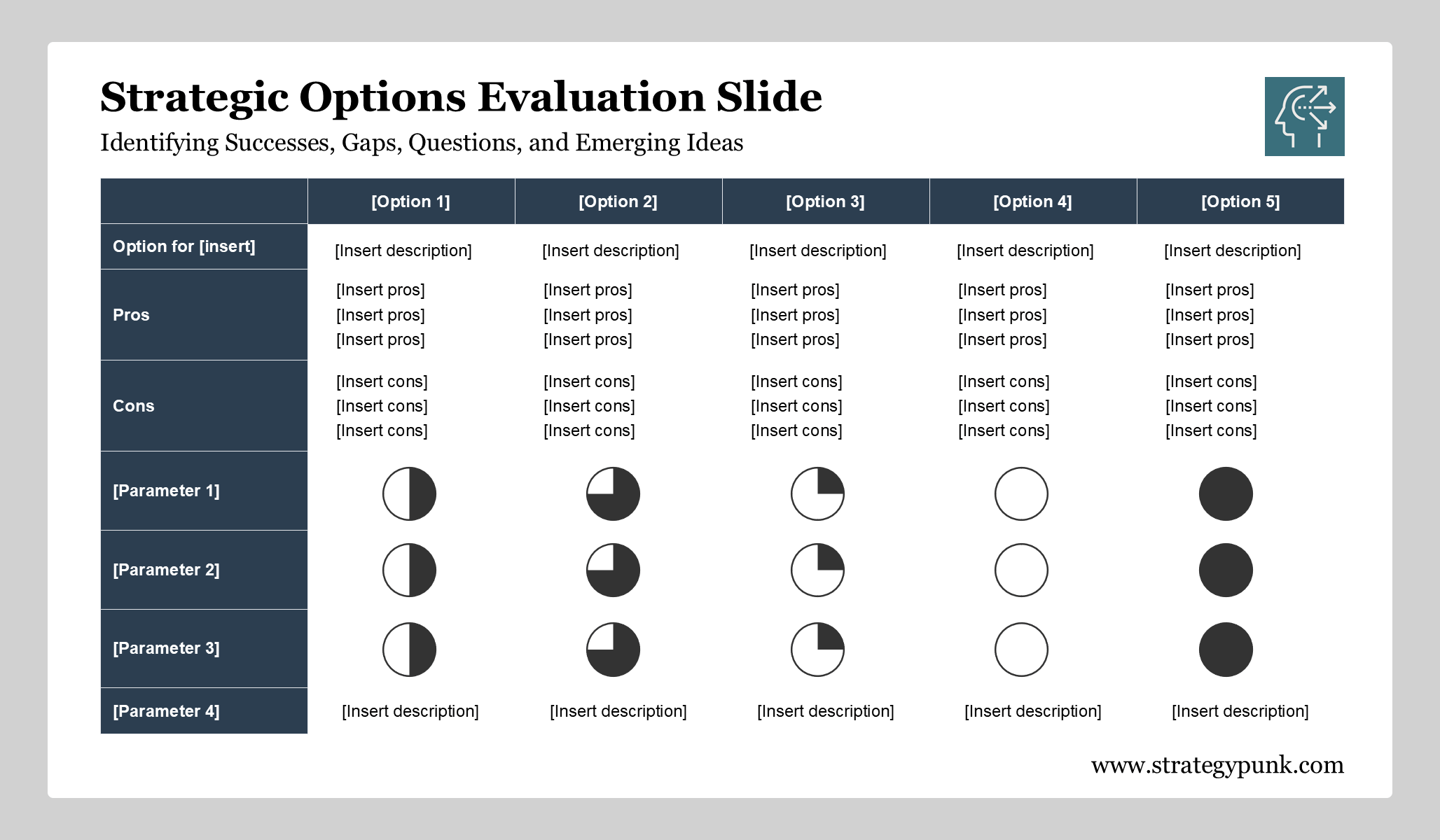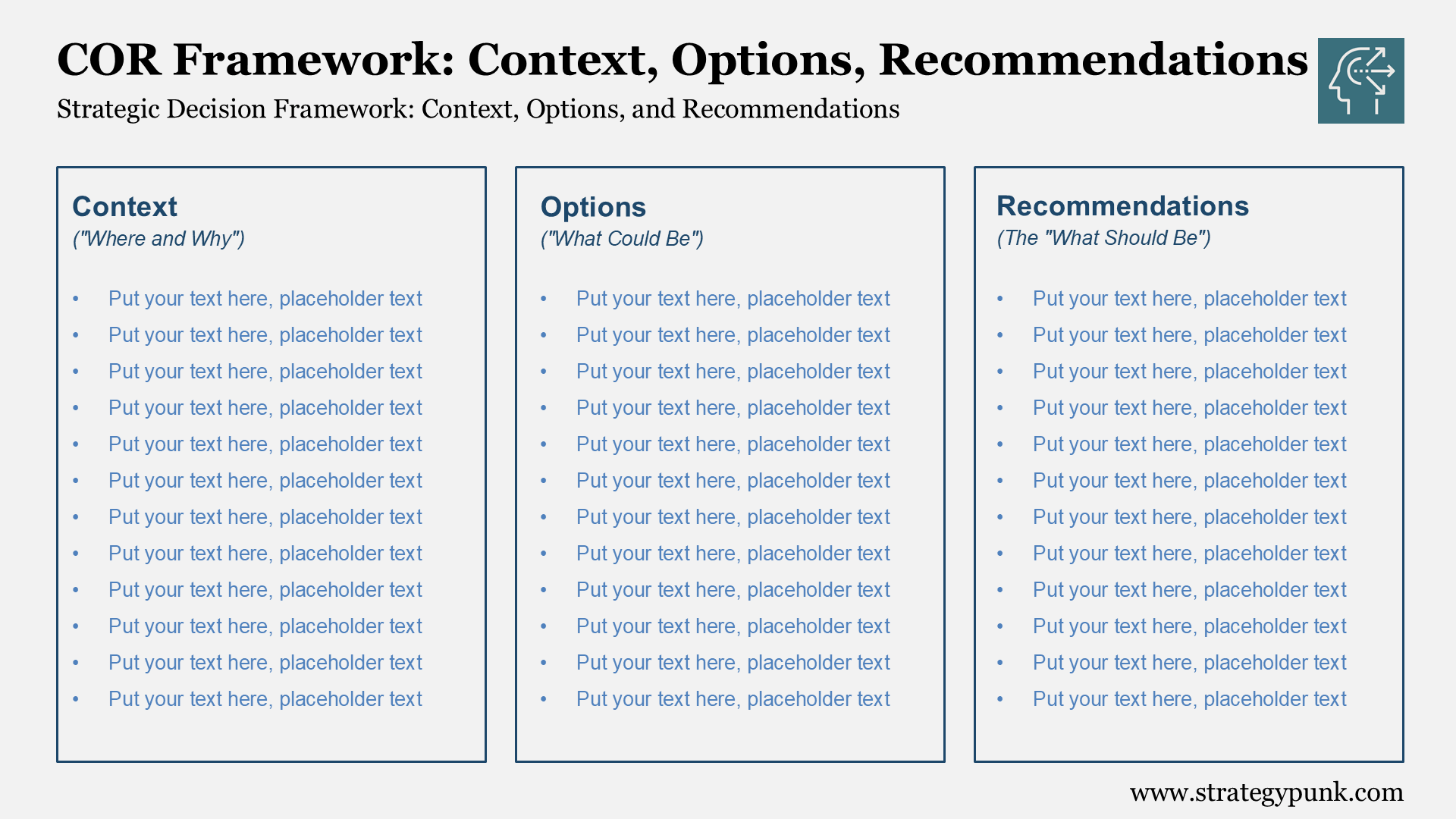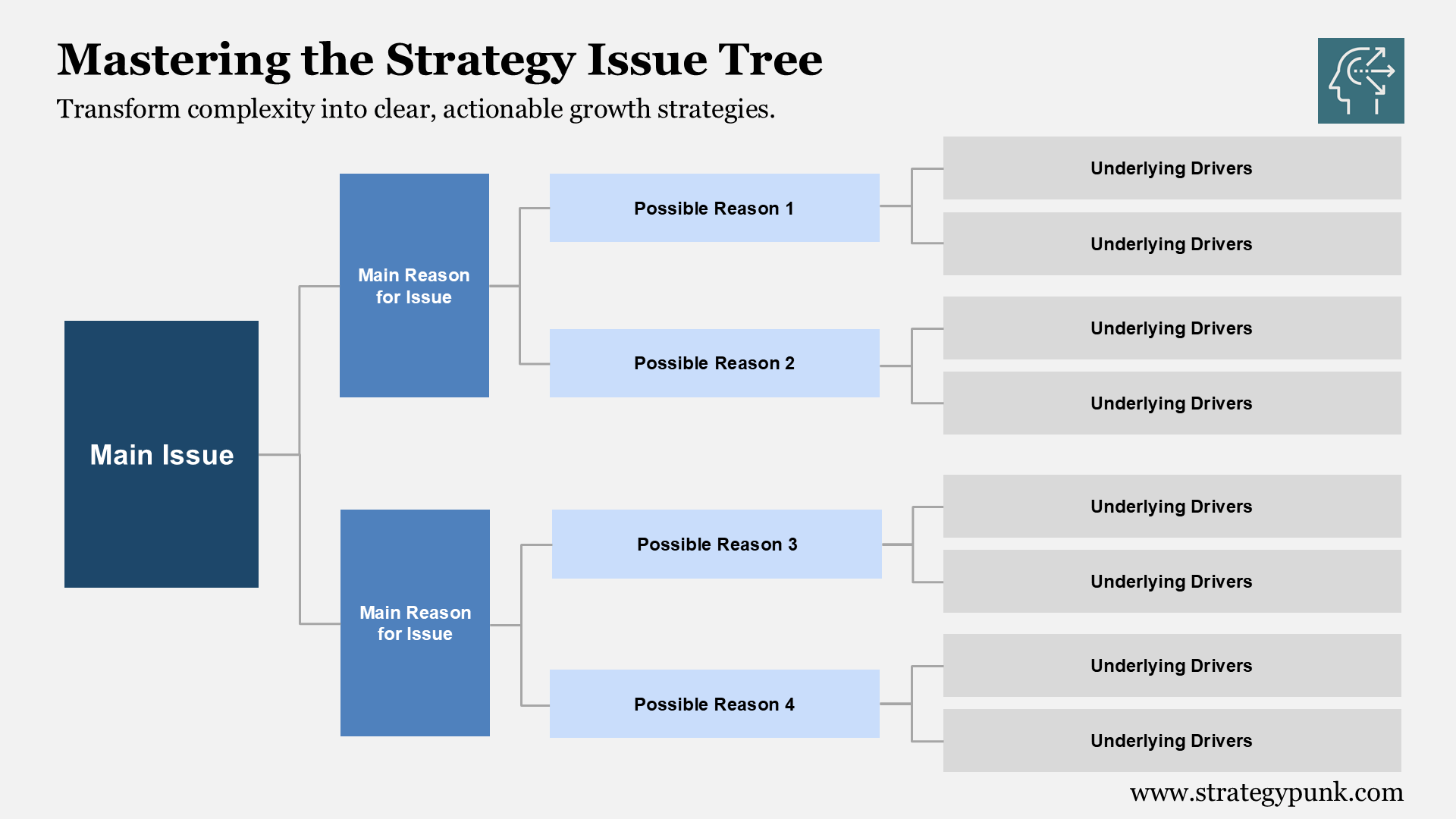SWOT Analysis of IKEA: Free PPT Template and In-Depth Insights 2024
Dive into our IKEA SWOT Analysis PowerPoint presentation, offering a detailed exploration of IKEA's business strategy. Perfect for understanding IKEA's market position and future opportunities.
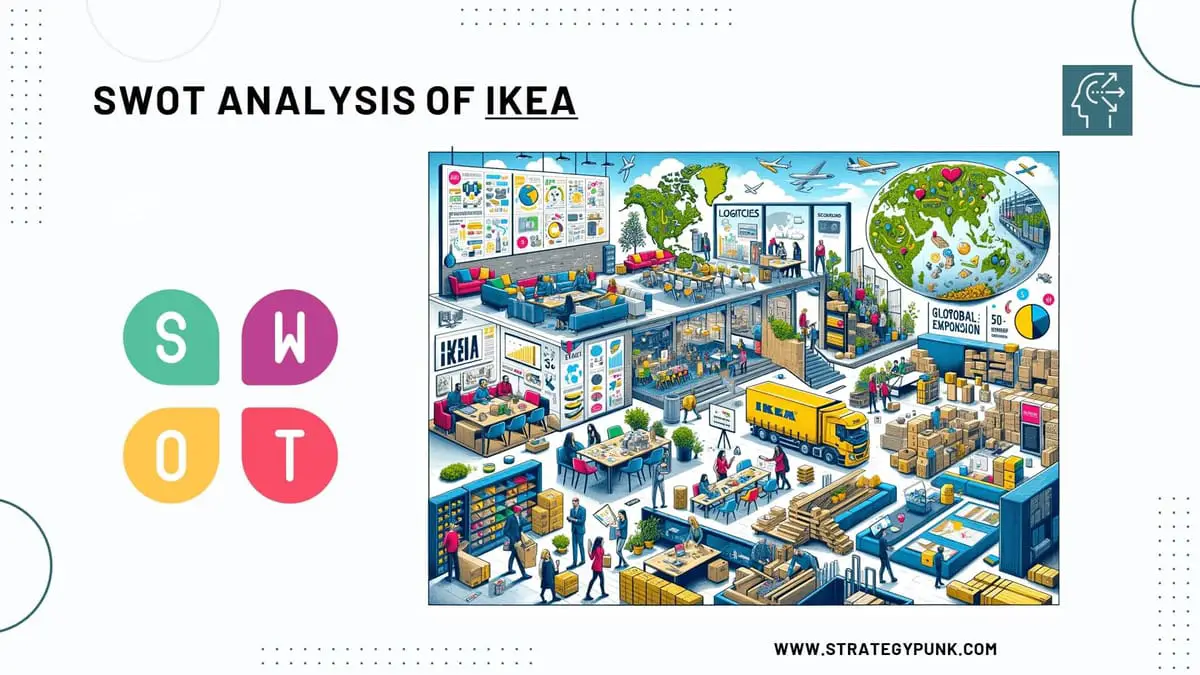
Introduction to IKEA
IKEA is a multinational conglomerate that designs and sells ready-to-assemble furniture, kitchen appliances, and home accessories. Founded in 1943 by Ingvar Kamprad in Sweden, IKEA has become the world's largest furniture retailer, with over 400 stores in 52 countries.
IKEA is known for its modern architectural designs, eco-friendly simplicity, and cost-effective products. The company's innovative business model focuses on flat-pack furniture that customers assemble themselves, which helps reduce costs and enables lower retail prices.
IKEA's vision is "To create a better everyday life for many people."
A Brief Look at the History of IKEA
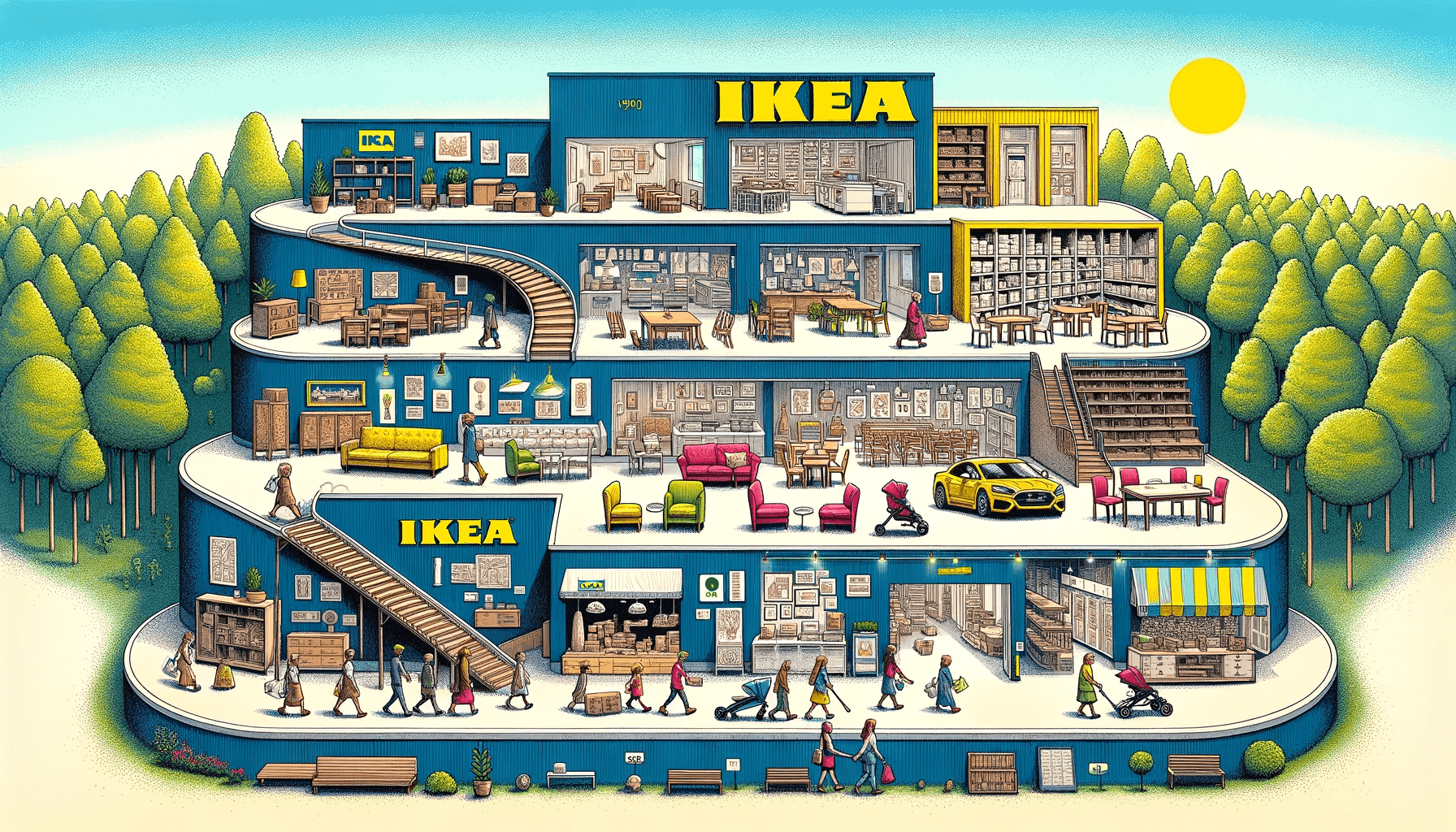
- 1943: IKEA founded by 17-year-old Ingvar Kamprad in Sweden. Initially sold pens, wallets, picture frames, table runners, jewelry, and nylon stockings.
- 1948: Began selling furniture made by local manufacturers. Opened the first IKEA furniture showroom in Älmhult, Sweden.
- 1953: Published first IKEA product catalog. Began designing own furniture.
- 1958: Opened first IKEA store in Älmhult. Introduced self-assembly flat pack furniture.
- 1963: Opened first store outside Sweden in Norway.
- 1973: Opened the first store outside Scandinavia in Switzerland.
- 1985: Entered the U.S. market by opening stores near Los Angeles and San Francisco.
- 1990s: Expanded rapidly in Europe, North America, and Asia Pacific.
- 2008: Became the world's largest furniture retailer. Surpassed $30 billion in sales.
- 2010: Opened first store in Shanghai, China.
- 2020: Launched e-commerce operations in over 50 markets.
Financials of IKEA 2022
- Revenue: €44.6 billion
- Net profit: €1.5 billion
- Number of stores: 460
- Number of employees: 211,000
- Number of countries with IKEA presence: 52
IKEA has achieved consistent growth and profitability. In 2022, revenues grew by 5.6%, driven by new store openings and e-commerce growth. Net profit margin was 3.4%. IKEA aims to generate 50% of sales through e-commerce by 2025.
In-depth SWOT Analysis of IKEA 2024
A SWOT analysis evaluates a business's strengths, weaknesses, opportunities, and threats.
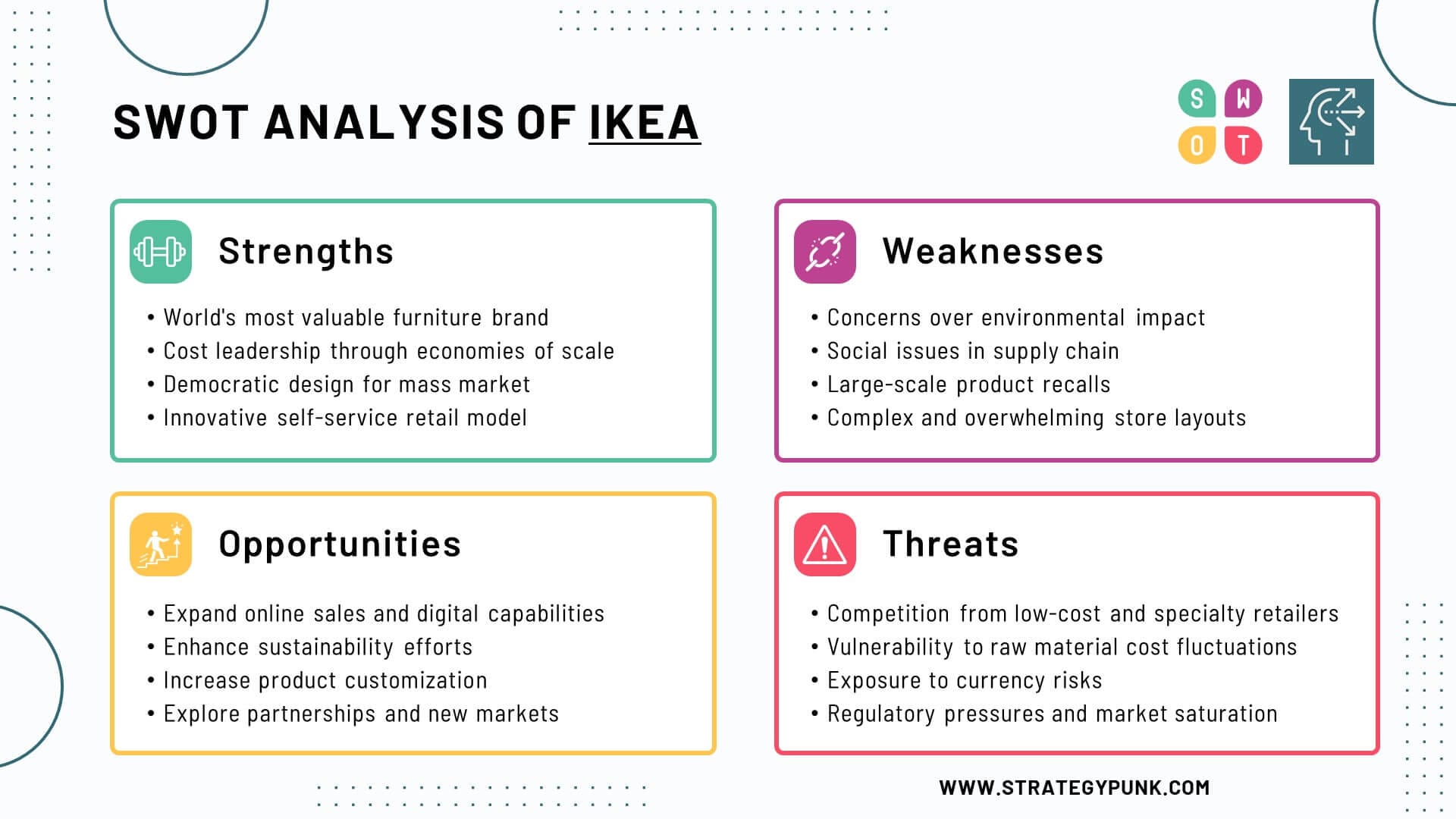
Here is a detailed SWOT analysis of IKEA:
IKEA’s Strengths
- Strong brand identity: IKEA is the world's most valuable furniture retail brand, valued at $19.8 billion in 2022. Its brand is associated with simplicity, affordability, and Scandinavian design.
- Cost leadership: IKEA has achieved cost leadership in the furniture industry through economies of scale, optimizing supply chains, and designing modular products and flat packs, which allows for competitive pricing.
- Democratic design: IKEA designs stylish, functional products that are accessible to the mass market. Its democratic design philosophy aims to make quality design available at low prices.
- Innovative business model: IKEA's unique self-service retail model, in-house design, flat packs, and customer assembly keep costs low. This business model has proved highly successful and scalable globally.
- Global presence: IKEA has an international presence with over 460 stores in 52 countries. This global footprint gives IKEA substantial scale and growth opportunities.
IKEA’s Weaknesses
- Negative environmental impacts: IKEA's massive wood consumption has raised concerns about deforestation. Its large carbon footprint due to manufacturing and transportation has also been criticized.
- Social concerns in the supply chain: IKEA has faced issues such as child labor and poor working conditions in its supply chain, which has led to reputation risks.
- Product recalls: IKEA has faced large-scale product recalls due to safety issues, especially with dressers tipping over and causing injuries or deaths. This results in liabilities and brand damage.
- Complex store layouts: IKEA's massive self-service layouts can be overwhelming and confusing for some customers, affecting customer experience.
IKEA’s Opportunities
- Online sales growth: IKEA can expand online sales, which comprise 18% of total sales. More investment in digital and delivery capabilities can boost online growth.
- Sustainability focus: IKEA has an opportunity to enhance its sustainability efforts and position itself as a leader in eco-friendly manufacturing and operations. This can appeal to environment-conscious consumers.
- Customization: Offering more customizable and personalized products can help attract customers who find IKEA's standardized offerings limiting. This allows premium pricing for custom products.
- Partnerships: IKEA can partner with e-commerce firms like Amazon to expand its online distribution reach. Partnerships with designers and brands can add exclusivity.
- Developing markets: IKEA has significant room for growth in high-potential developing economies like India and Southeast Asia. Localized products and marketing can aid expansion.
IKEA’s Threats
- Increased competition: Low-cost furniture sellers like Wayfair, discount chains like Walmart and Target, and specialty retailers like Williams-Sonoma compete aggressively with IKEA. Local players are also expanding.
- Raw material costs: IKEA is vulnerable to fluctuations in wood, cotton, and petroleum prices, which can impact profit margins.
- Currency fluctuations: IKEA operates globally and is exposed to substantial currency risks, which can significantly impact earnings and cash flows.
- Regulatory pressures: IKEA faces increasing regulatory pressures in areas like environmental standards, labor practices, product safety, and data privacy, especially in Europe. This can raise operating costs.
- Market saturation: In mature markets like North America and Western Europe, IKEA faces market saturation and slowing growth. This may limit revenue expansion in these significant markets.
IKEA SWOT Analysis Summary
Internal Factors
Strengths
- Strong brand identity
- Cost leadership
- Democratic design
- Innovative business model
- Global presence
Weaknesses
- Negative environmental impacts
- Social concerns in the supply chain
- Product recalls
- Complex store layouts
External Factors
Opportunities
- Online sales growth
- Sustainability focus
- Customization
- Partnerships
- Developing markets
Threats
- Increased competition
- Raw material costs
- Currency fluctuations
- Regulatory pressures
- Market saturation
Frequently Asked Questions
What is IKEA’s core business?
IKEA is the world’s largest furniture retailer. Its core business is designing, manufacturing, and retailing affordable, ready-to-assemble furniture and home accessories.
How many stores does IKEA have worldwide?
As of 2022, IKEA has over 460 stores in 52 countries worldwide. The company operates 423 stores in Europe, 18 in North America, 17 in Asia, and 7 in Australia.
What is IKEA’s revenue?
In fiscal year 2022 (September to August), IKEA generated total revenues of €44.6 billion, up 5.6% from the previous year. IKEA has achieved consistent sales growth over the past decade.
Who is the target customer of IKEA?
IKEA targets the mass market, especially young adults and families, who appreciate stylish designs at affordable prices. Its democratic design philosophy aims to appeal to a wide audience.
What are the growth strategies of IKEA?
IKEA’s key growth strategies include expanding its online business, entering new markets like India and Southeast Asia, promoting sustainability, enhancing personalization and customization, and forming new partnerships.
What are the opportunities for IKEA in the home furnishing business?
Key opportunities for IKEA in the home furnishing business:
- Expansion in emerging markets: IKEA has significant potential to grow in high-potential developing economies like India, China, Southeast Asia, South America, and Africa. Localized products, marketing, and partnerships can aid expansion in these markets.
- Online and omnichannel growth: E-commerce currently makes up only 18% of IKEA's sales. Further investment in digital capabilities, delivery networks, and omnichannel integration can boost IKEA's online presence and sales.
- Sustainability: IKEA can position itself as a sustainability leader through initiatives such as sustainable sourcing, circular economy practices, renewable energy use, and eco-friendly stores, which can appeal to environment-conscious consumers.
- Smart home technology: Integrating it into its offerings can help IKEA cater to growing consumer demand for connected, tech-enabled homes. Partnerships with tech firms can aid development.
- Customization: Offering customizable and personalized products can attract customers who find IKEA's standardized offerings limiting. This allows premium pricing for customized products.
- Smaller format stores: Opening smaller urban stores can provide greater customer convenience and omnichannel integration in cities. This expands IKEA's brick-and-mortar presence beyond big-box formats.
- Services expansion: IKEA can expand beyond selling products to provide more services like interior design, assembly, delivery, installation, repair, rental, etc. This creates new revenue streams.
- Brand partnerships: Partnerships with designers, celebrities, and other brands can add an element of exclusivity and aspirational appeal to IKEA's value positioning.
IKEA SWOT Analysis PowerPoint Template
free and fully editable PPT template
A SWOT analysis evaluates the strengths, weaknesses, opportunities, and threats impacting a company.
Download this free PowerPoint template to present IKEA's SWOT analysis. The template provides editable slides detailing IKEA's strengths, weaknesses, opportunities, and threats. It can be customized to your needs.

IKEA SWOT Analysis PowerPoint Template
IKEA SWOT Analysis PDF Template
Discover more
Clickworthy Resources
SWOT Analysis: Free PowerPoint Template
This PowerPoint slide deck contains five different layouts to complete a SWOT analysis.
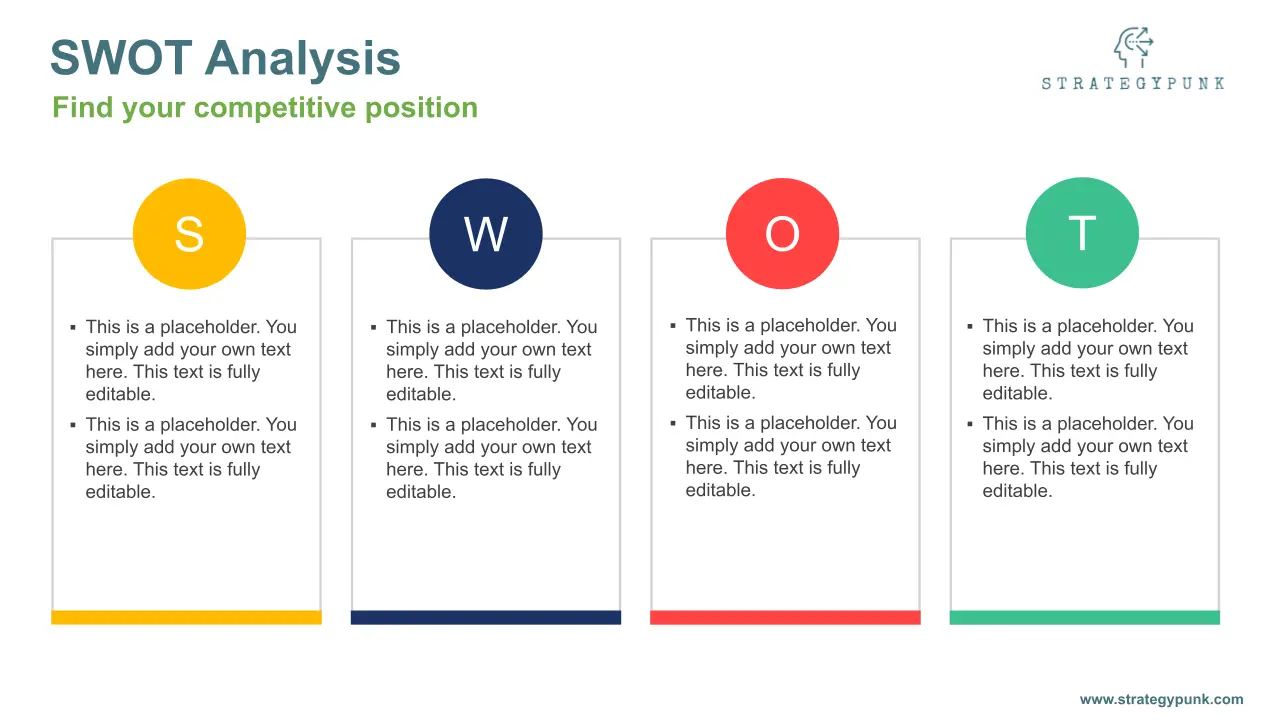
SWOT Analysis of Ford Motor: Free PPT Template and In-Depth Insights 2024
Embark on a journey through Ford Motor Company's 2024 SWOT analysis. This post unpacks Ford's heritage, market dynamics, and financials, culminating in a free, insightful PPT/PDF SWOT template.

SWOT Analysis of Stellantis: Free PPT Template and In-Depth Insights 2024
Explore the 2024 SWOT Analysis of Stellantis, the automotive giant formed from Fiat Chrysler and Groupe PSA.

How does SWOT analysis contribute to strategy formation?
Explore how SWOT analysis shapes strategy formation. With our free SWOT PPT Template, you can learn to leverage strengths and opportunities while addressing weaknesses and threats.

SWOT Analysis of Honda Motor: Free PPT Template and In-Depth Insights 2024
Download Honda Motor SWOT Analysis PPT Template for Free - Dive into Honda's market strategy with our in-depth SWOT Analysis. Explore opportunities and navigate threats in the auto industry.
